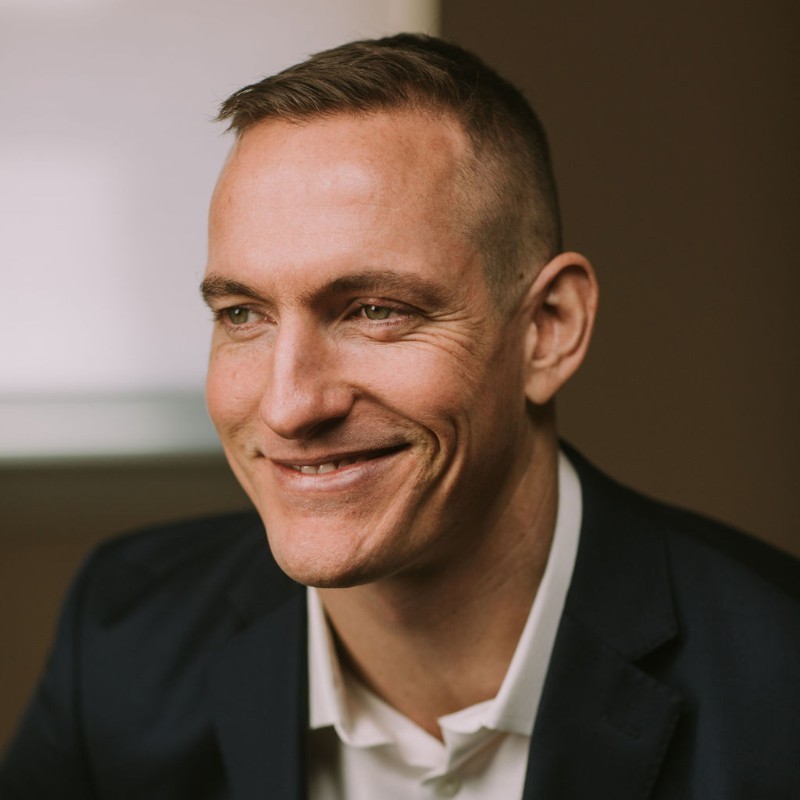Creating a Category in Consumer Tech
TABLE OF CONTENTS
Background
The OPUS Soundbed was an ambitious consumer tech product launched by a pair of founders who recognized a growing demand for sound healing therapies. Their bed, The OPUS Soundbed built on a large and growing body of evidence for the place sound therapies have in regulating the nervous system and enhancing physical and mental health. From addiction treatment facilities to government sponsored healthcare programs, the interest in augmenting traditional health care practices with sound based healing therapies was growing.
The founders sought to develop the most economically efficient way to spread these healing therapies to the masses (Enter the Soundbed). This device, which they first debuted in it’s Beta format at pop-up events around the Austin TX, LA and NYC Metro areas was a unanimous hit with early trial participants.
Once the founders recognized the interest in the bed (even from people who were unfamiliar with sound based healing therapies) they knew they were onto something. They went about raising their first round of funding, transforming their initial prototype into a full Beta version of the vision they had for the final product.
When we took on the project their goals were simple, get enough pre-orders for the revised version of their product to pay for their initial production run and convince investors of the potential of the product. In the write up below, we’ll detail how we took that rough set of guidelines and translated it into over 200k in pre-orders, 1.5 mil in profitable ad-spend and a follow on series A for the company valued at 12Mil.
Initial Account Takeover
The main challenge in marketing this type of consumer health product was education. With the Soudnbed occupying a unique position in its own category we’d have to convince consumers of the value of owning a multi-thousand dollar bed used for daily sound therapy.
At the time, there were no direct competitors. On top of that, early adopters needed to be persuaded to reserve a bed via a 15% down payment with no guarantee of the exact delivery date.
The first thing we focused on was building hype around being an early adopter of an advanced piece of technology that could be used for everything from sports recovery to the experience of altered mental states. In order to focus on positioning the product for this spectrum of use we targeted tech enthusiasts in the biohacking and alternative spirituality communities. We also focused on segments of the population that had previously expressed price insensitivity when spending for health and wellness (a segment of the population we’re intimately familiar with through our work in premium CPG).
Tactically speaking we modeled many of the initial advertisements off of the highest converting “new gadget” sites we follow. This genre of ads brilliantly educates consumers about novel tech without boring them with the “under-the-hood” details. We recognized that die-hard Soundbed enthusiasts would naturally explore our product pages to learn more while the average consumer was much more concerned with the experience the product could generate… so we focused on that.
Along with the focus on experience we ran discounted pre-order reservation campaigns in “waves” that would pop-up for limited periods of times throughout the pre-order period. These discount periods cut the reservation price from $199 to $99 prompting many early adopters who were on the fence to reserve a bed.
Project Focus
One of the issues many companies face when working with agencies is not having a good enough offer to make their ads work, regardless of the quality and amount of testing that goes into the creative. This is especially important with a new category of product or a novel consumer tech product like the Soundbed where it’s important to ensure there is a reason for the consumer to be able to justify the price.
We were able to get that consumer price justification by creating a compelling offer that revolved around being able to become part of this new category (a consumer health revolution) for a reservation price that was less then our target audience member was paying for online courses or monthly health memberships they already had (Many of them having multiple memberships at this cost).
We had this type of consumer data from the many demos and pop-up events the founders had used to gauge feedback of the bed. In addition to the enormous amount of qualitative feedback the founders had collected, we had contact data we used to “pre-train” the ads accounts on by using offline event set uploads to allow ads platforms like Meta to match data from the Soundbed’s trial audience to find similar types of consumers online.
The final tactical challenge was generating creatives based off the newest version of the bed which had not yet completed it’s production run. We were able to do this using versions of concept imagery along with renderings of the bed in residential and commercial settings.
With those initial challenges overcome we had our first iteration of an end-to-end customer acquisition model in place. Through creative testing and feedback periodically pulled from surveying their growing email list we were able to integrate feedback from their list into our follow on messaging and copy.
This allowed to rapidly scaling their paid acquisition to multi-6-figures per month in ad-spend and over 10,000 pre-orders of their bed allowing OPUS to close their Series-A round at a $12,000,000 valuation.
Change to Companies Approach
As we evolved the OPUS soundbite paid acquisition strategy with the companies release of their first production run we increasingly incorporated influencers and audience members discussing their use of the bed.
We transitioned their paid strategy to focus on creatives that make you feel as though you have already used the product. This product is all about FEEL so their team is incredible at delivering assets that allow us to help the prospect feel like they are using it.
As their team started to ship units we dialed in a budgeting approach based off of the pre-order to sale conversion cycle of the bed. With average pre-order to sales conversion rate data established we’ve been able to massively scale paid advertising. Through their partnership with ATTN Labs, the OPUS team has developed a plan to think about paid marketing, acquisition, and retention in a way that takes care of their pre-orders and carries them to a sale. With this retail consumer growth model in-place, the founders have been able to turn much of their attention to scaling their B2B sales efforts to develop their tremendous opportunity to sell to private and government sponsored health care providers.
Ready to Secure Thousands of Pre-Orders?


